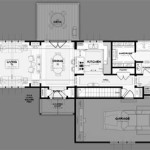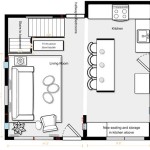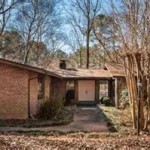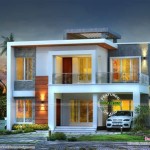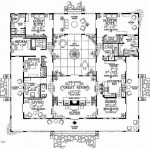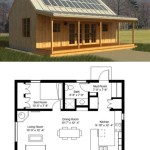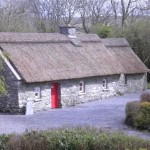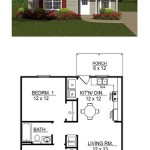Retro House Plans: A Blast from the Past
Retro house plans, a nostalgic nod to architectural styles of the past, are experiencing a resurgence in popularity. Homeowners are seeking to imbue their living spaces with a sense of charm, character, and a connection to bygone eras. These plans offer a unique blend of classic aesthetics and modern functionality, making them a compelling choice for those seeking a home that is both timeless and stylish.
The Allure of Retro House Plans
The appeal of retro house plans lies in their ability to evoke a sense of nostalgia and create a unique visual identity. They often incorporate elements like:
- Mid-century modern: Characterized by clean lines, geometric shapes, and an emphasis on natural light.
- Arts and Crafts: Emphasizing craftsmanship, natural materials, and a connection to nature.
- Victorian: Featuring ornate details, decorative elements, and a sense of grandeur.
- Prairie: Embracing horizontal lines, low-pitched roofs, and a sense of openness.
These styles offer a departure from the often sterile and repetitive designs of contemporary architecture. They provide homeowners with the opportunity to create a dwelling that reflects their individual personality and taste, while simultaneously tapping into a rich history of architectural expression.
Key Considerations for Retro House Plans
When considering retro house plans, it is important to carefully consider several key aspects:
1. Functionality and Modern Living
While retro aesthetics are captivating, it's crucial to ensure that the plan meets the needs of modern living. Adaptations may be required to incorporate features like:
- Open-concept layouts: Creating seamless flow between living areas.
- Energy efficiency: Incorporating contemporary building materials and technologies.
- Technological integration: Providing ample space for modern appliances and smart home systems.
A skilled architect can help blend the timeless charm of retro design with the practicalities of modern life.
2. Site and Context
Retro house plans should be carefully considered in relation to their site and surrounding context. Factors to consider include:
- Neighborhood character: Ensuring compatibility with existing homes.
- Landscape and topography: Taking advantage of natural features.
- Climate and orientation: Optimizing natural light and ventilation.
Selecting a plan that complements its surroundings will enhance the aesthetic appeal and overall harmony of the home.
3. Personalization and Customization
Retro house plans offer a unique opportunity for personalization and customization. Homeowners can:
- Select specific elements: Choosing from a range of architectural details and features.
- Adjust layouts: Modifying floor plans to suit individual lifestyle needs.
- Incorporate modern materials: Combining traditional aesthetics with contemporary building materials.
The flexibility of retro plans allows for the creation of a truly unique and personal dwelling that reflects the homeowner's individual style and preferences.
Conclusion
Retro house plans provide a unique and compelling option for homeowners seeking to blend classic aesthetics with modern functionality. By carefully considering the key aspects of functionality, site context, and personalization, homeowners can create a dwelling that is both timeless and stylish, a true reflection of their individual taste and a testament to the enduring allure of retro design.

Mid Century Retro House And Floorplan Plans With Pictures How To Plan Vintage

Mid Century Modern House Plan No 5305 1954 National Service Retro Ame Plans Floor Craftsman Style

Vintage House Plans Multi Level Homes Part 16

House Plan 21122 Retro Style With 1062 Sq Ft 2 Bed 1 Bath

170 Retro Floor Plans Ideas In 2024 Vintage House

84 Original Retro Midcentury House Plans That You Can Still Buy Today Renovation

House Plan 56000 Retro Style With 963 Sq Ft 2 Bed 1 Bath

Small Retro House Mid Century Modern Plans Usonian

Retro House Plans Page 1 At Westhome Planners

Plan 95009 Retro Style With 2 Bed 1 Bath

